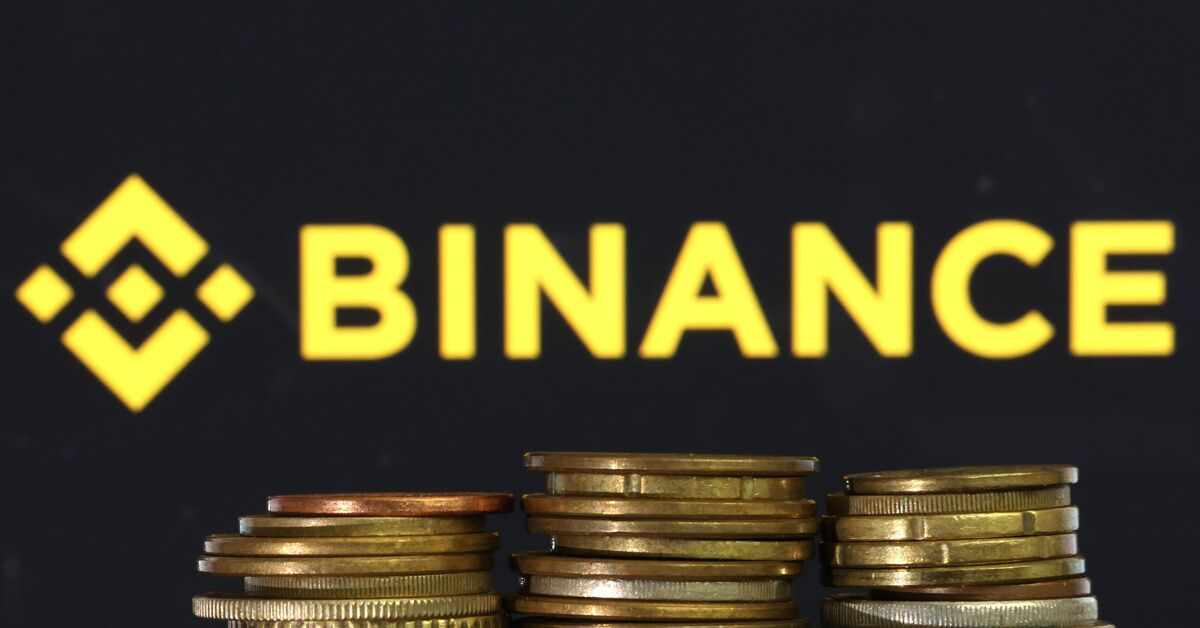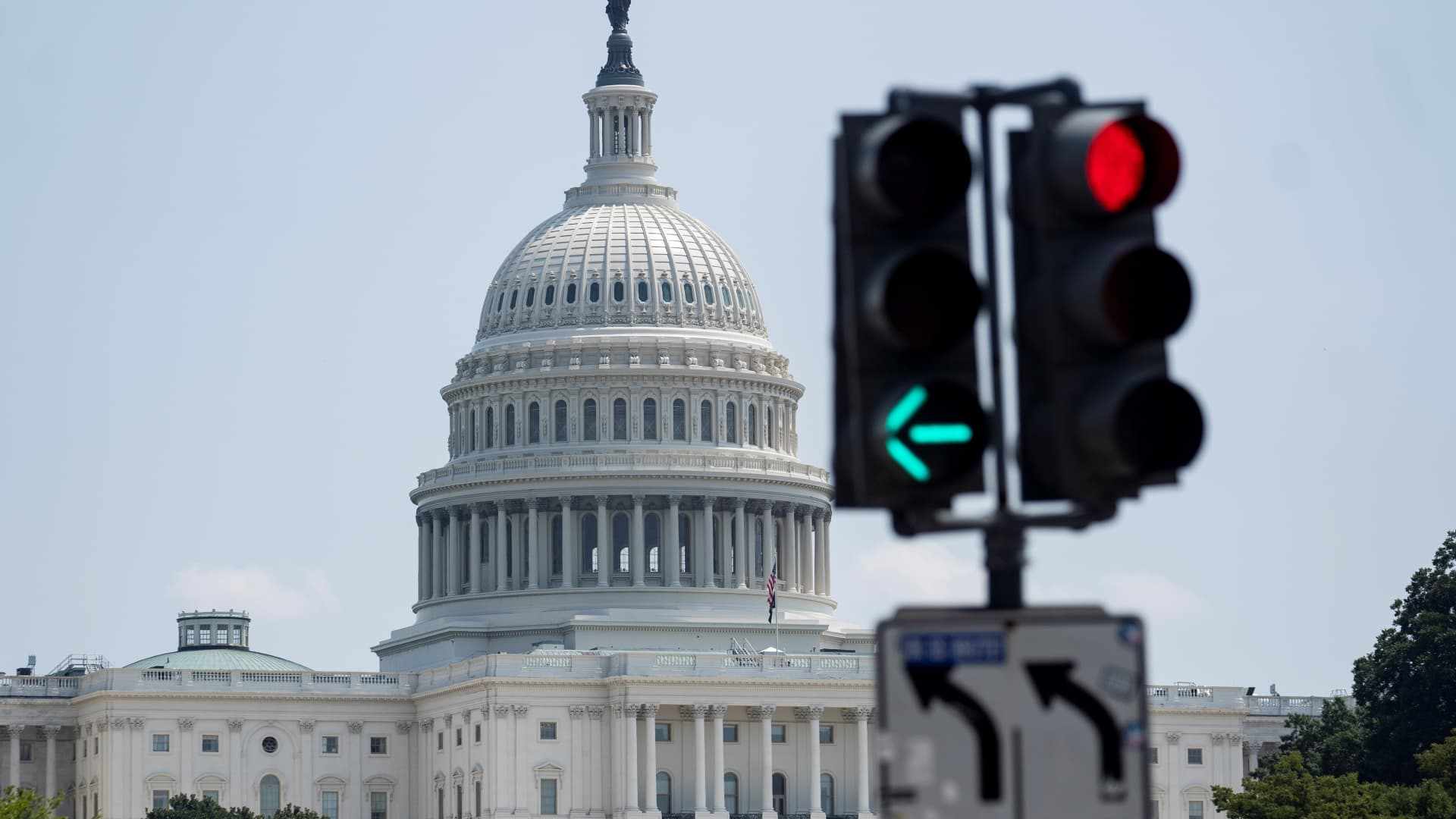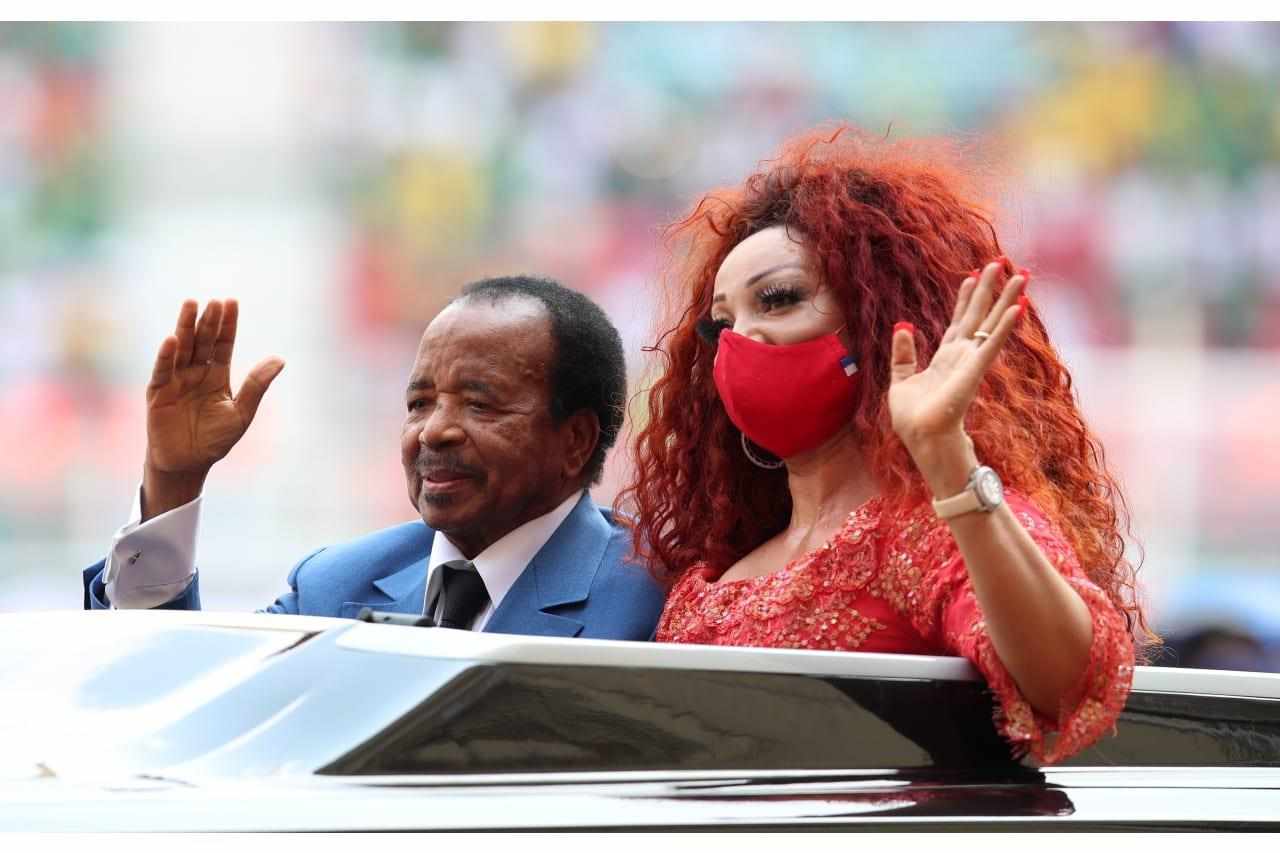Investment lessons: Now is the time to focus on ETF assets in the MENA region
- Date: 19-Dec-2020
- Source: Gulf Business
- Sector:Financial Markets
- Country:Gulf
Investment lessons: Now is the time to focus on ETF assets in the MENA region
2020 acted as a catalyst for the Middle East, with Covid-19 and the oil price drop underlining the importance of diversification and building resilient economies. Across the Gulf, we experienced the intensification of efforts to introduce change, diversification and innovations. While we have seen some disruption in financial services, the exchange-traded funds (ETF) landscape in the region has been slow to get off the mark. More needs to be done to tap into its potential.
ETFs have been available since the early 1990s attracting interest from all types of investors for their multi-asset, multi-market diversified exposure and cost efficiency. Now in 2020, there are more than 6,970 ETFs globally holding more than $7 trillion in assets from more than 400 providers, according to London-based ETFGI. However, ETFs in the Middle East fade in comparison.
GCC equity markets with a combined market capitalisation of $3.1 trillion only have ETFs worth $285m. The number of ETFs based on GCC assets is abysmally low with only a handful of locally-listed ETFs, and trading volumes are low. Saudi Arabia has three such funds, each of which have less than $7m of assets. While there are large MENA ETFs, such as the iShares MSCI Saudi Arabia




















